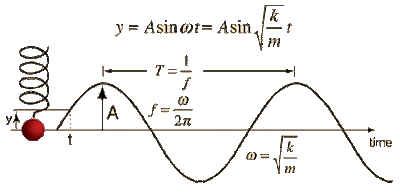भुमिका नबाधि !!
Lets go straight into points :
1) Increase in POPULATION and their means of transport
Population of Kathmandu is increasing by 6-10 % per year. This will automatically increase the means of transportaion as people always want to travel in their own vehicle. The rate of increase of vehicle is doubling per year. (
Link)
That means, no matter how wide the road will be, it will always be insufficient to run this many vehicles.
" बाबुरामले बाटो बढाए - हामी खुसी छौ , तर अब बाबुरामका बाउ नै आएर बाटो बडाएनी पुग्दैन !! ठाउँ नै छैन , येत्रो हुन्छ "
2) FAST and carry large number of people
Metro is fucking fast !! If you are reading from outside countries, then you know it ! I can see in the movies, videos and pictures.
Also, it can carry large number of people at a single time. As the population of Kathmandu will always increase, there will be large number of people going in their work/offices and they can easily go/come by Metro. Tried people will prefer METRO instead of bike or cars. They would prefer private vehicle only for holidays/visits.
"जति पछाडी सरे पनि ठाउँ हुन्छ !! दुई लाईन मात्रै होइन दस लाईन सम्म बस्न मिल्छ !! २ मिनेटमा घर देखी अफिश पुगिन्छ " !!
3) Use of Clean energy and NO POLLUTION
As metro uses electricity, we can easily afford its energy consumption. New hydro-powers will be built by the time we will finish constructing METRO.
Also, pollution level will decrease drastically in Kathmandu.
" बती पनि बाल्नी, मेट्रो पनि चड्नि !! स्वछ हावा खानी , निरोगी बन्नी , काम गर्नी , पैसो कमाउनि " !!
4) YES WE HAVE MONEY
Question will arise, Do we have enough money to construct METRO in KATHMANDU ?
YESSS !!
Its not a 1 year investment, we can separate certain percentage of Budget every year. If its not sufficient we can either take loan or give it to International Company !! ( BOOT गर्नी )
BOOT : Build,Own, Operate, Transfer (१०-२० वर्ष पछि नेपाल को हुन्छ )
"पैला बजेट बाट खर्च गर्नी, नत्र ऋण लिनी !!! ADB, World Bank के का लागि !! देन भने , मेट्रो चाहियो भनेर मै letter लेखौला !! "
5) UNDERGROUND or OVERHEAD/ELEVATED
Another question is, do we have enough space to construct metro in Kathmandu roads ?
AGAIN YESS !!
We can either construct elevated metro or underground. Elevated metro can be made on the center of Kathmandu roads. It takes less than 2 m space for erecting columns and no matter how much it takes on the air !!
Also, study can be made to construct under the existing road. But, it seems a bit impossible coz of high Ground Water Table in Kathmandu and low bearing capacity of soils !!
"कि त जमिन मुनि कुदाउनि , कि त चट्ट view हेर्दै रोड माथि कुदाउनि ! मेट्रो चाई कुदाउनि नै हो !!! "
( I thought of writing this while I was standing for whole 1 hour going for my exams ; Kausaltar-Kalimati !! It was fucking hot , congested and I was stressed !!
Some designs are already there, but I wish I design the new Metro System for Ktm !
cheers !!
Some of my initial designs are as follows ... )







































